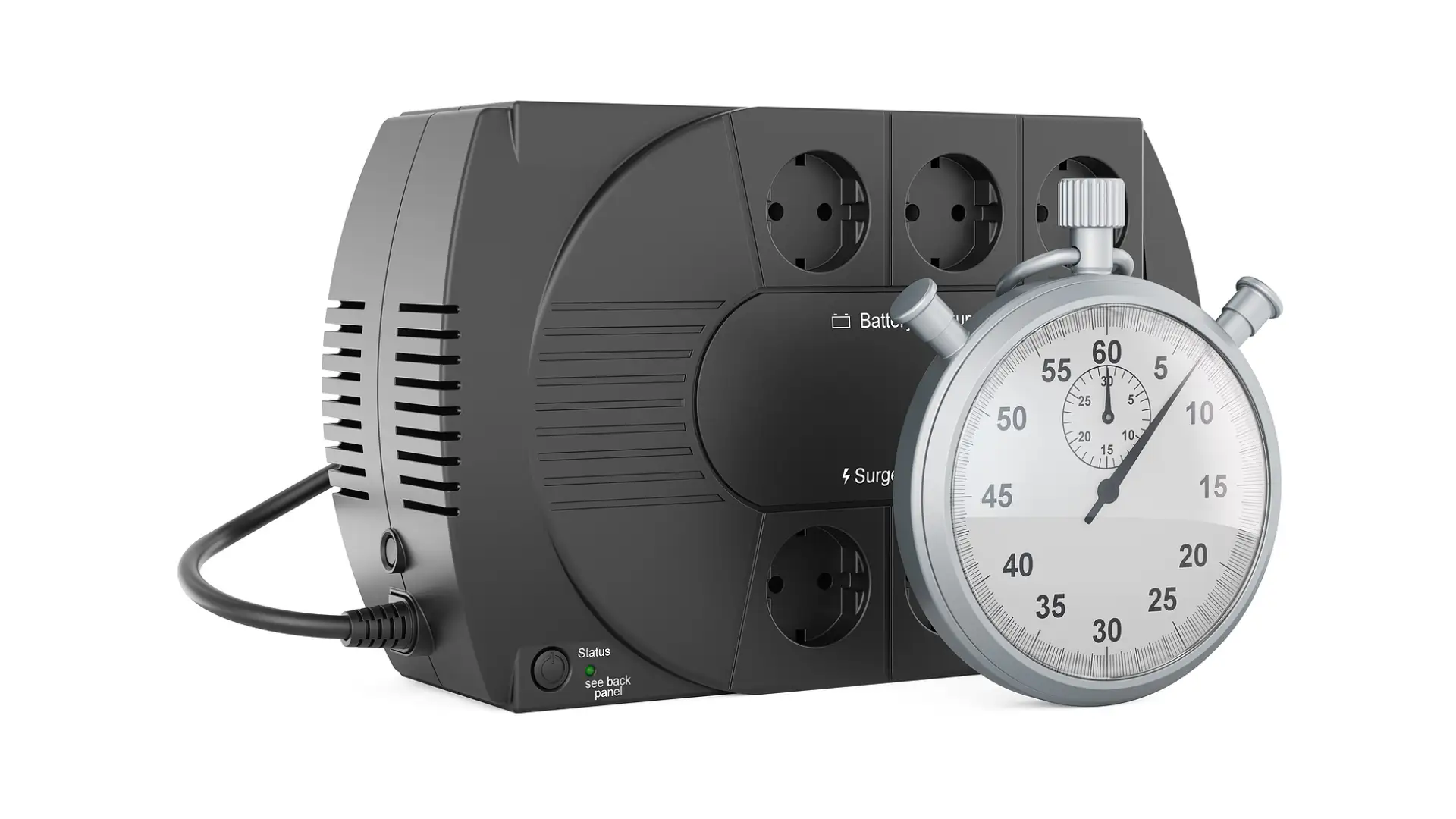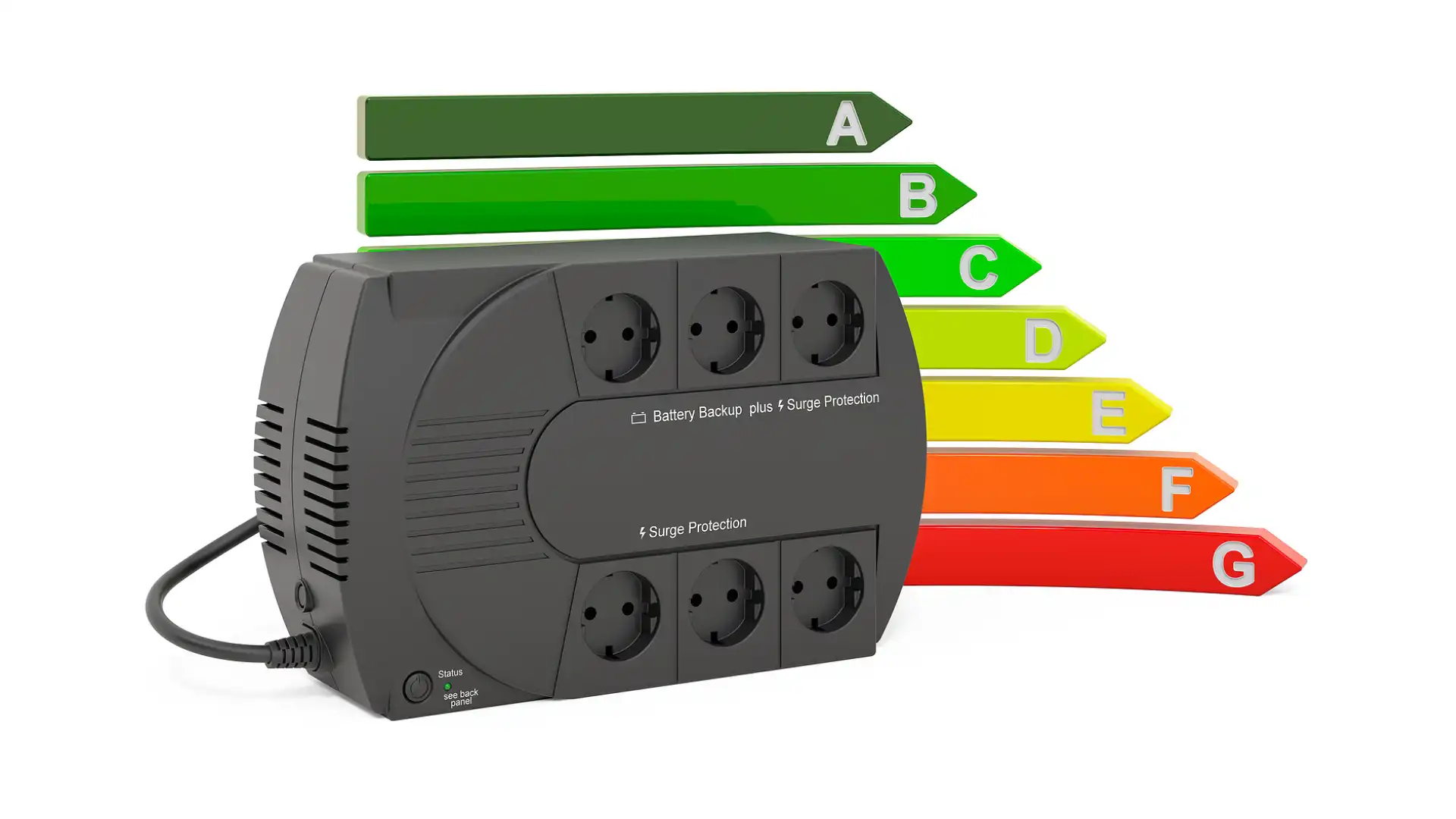
Uninterruptible Power Supply Ratings
In today's fast-paced world, where technology underpins every aspect of our lives, the significance of a reliable power supply cannot be overstated. Among the plethora of solutions designed to ensure uninterrupted power, one stands out for its effectiveness and reliability: the Uninterruptible Power Supply (UPS).
Understanding the nuances of Uninterruptible Power Supply Ratings is crucial for selecting the right UPS system that meets your power protection needs. In this comprehensive guide, we delve deep into the world of UPS systems, focusing particularly on their ratings, to help you make an informed decision.
What is an Uninterruptible Power Supply (UPS)
Before diving into the specifics of Uninterruptible Power Supply Ratings, let's establish a foundational understanding of what a UPS system is. A UPS is a device that provides emergency power to a load when the input power source, typically the mains power, fails.
UPS systems are critical in environments where power interruptions can cause data loss, equipment damage, business disruptions, or safety hazards.

The Importance of UPS Ratings
Uninterruptible Power Supply (UPS) Ratings refer to the specifications and measurements that define the performance, capacity, and suitability of a UPS system for various applications. These ratings are essential for users to understand to select a UPS system that meets their specific power protection needs effectively. The key elements of UPS ratings include, but are not limited to, the following:
- Power Capacity Rating: Expressed in Volt-Amps (VA) and Watts (W), this rating indicates the maximum electrical load a UPS can support. The VA rating represents the total power demand (apparent power), while the W rating specifies the actual power consumed by the equipment (real power).
- Voltage and Frequency Ratings: These ratings specify the input and output voltage levels and frequencies that the UPS can handle. Ensuring that these ratings match your power supply and equipment requirements is crucial for compatibility and efficient operation.
- Efficiency Rating: The efficiency of a UPS indicates how effectively it converts power from its source to the output. A higher efficiency rating means that less power is wasted during this conversion, leading to energy savings and potentially lower operating costs.
- Battery Runtime: This rating describes how long a UPS can continue to provide power to its connected devices during a power outage. The runtime is typically dependent on the load being supported and the battery's capacity.
- Transfer Time: This measures the time it takes for the UPS to switch from the mains power to its battery backup in the event of a power failure. A shorter transfer time is preferable for sensitive equipment that cannot tolerate brief interruptions in power.
- Form Factor: While not a performance rating per se, the form factor (e.g., tower, rack-mounted) can be important for users who have specific space or installation requirements.
- Environmental Ratings: Some UPS systems also come with environmental ratings that indicate their operating temperature range, humidity tolerance, and other environmental conditions they are designed to withstand.
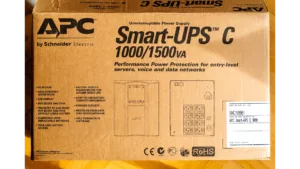
Top 3 Uninterruptible Power Supply Systems with Outstanding Ratings
When it comes to safeguarding your critical equipment against power interruptions, selecting an Uninterruptible Power Supply (UPS) with a proven track record and excellent ratings is crucial.
Below, we explore the top 3 UPS systems renowned for their superior performance, reliability, and user satisfaction.
These models have been chosen based on their Uninterruptible Power Supply Ratings, encompassing power capacity, efficiency, voltage compatibility, and user reviews.
APC Smart-UPS SMT1500C
The APC Smart-UPS SMT1500C stands out for its exceptional reliability and intelligent power management features. With a power capacity rating of 1500 VA / 1000 Watts, it is ideal for small to medium-sized businesses looking to protect servers, point-of-sale (POS) systems, routers, and switches.
Key Features and Ratings:
- Power Capacity: 1500 VA / 1000 W, catering to a wide range of equipment.
- Efficiency Rating: High-efficiency mode provides an eco-friendly power protection solution with less heat generation.
- Voltage Compatibility: Wide input voltage range reduces battery usage by correcting low and high voltage conditions without switching to battery.
- Cloud-enabled Monitoring: Offers remote monitoring and management through APC's cloud platform, enhancing usability.
CyberPower CP1500PFCLCD PFC Sinewave UPS System
The CyberPower CP1500PFCLCD is highly regarded for its performance in environments that require clean and stable power. Its adaptive sinewave technology makes it compatible with Active PFC power supplies, ensuring a smooth transition during power outages for sensitive electronic equipment.
Key Features and Ratings:
- Power Capacity: 1500 VA / 900 W, suitable for home offices and small business applications.
- Pure Sinewave Output: Ensures compatibility with high-end computers and equipment sensitive to power fluctuations.
- Efficiency Rating: Energy Star certified, indicating superior energy efficiency and environmental friendliness.
- Multifunction LCD Panel: Provides immediate, detailed information on the UPS battery and power conditions, enhancing user interaction.
Eaton 9SX3000
The Eaton 9SX3000 UPS is celebrated for its robustness and versatility, offering high-grade power protection for IT equipment, medical devices, and networking hardware. Its double-conversion topology provides consistent, clean power regardless of the condition of incoming power.
Key Features and Ratings:
- Power Capacity: 3000 VA / 2700 W, making it suitable for larger setups needing higher power capacity.
- Double-Conversion UPS: Ensures continuous operation through all types of power disturbances, including low voltage, surges, and frequency variations.
- Efficiency Rating: Up to 93% in online mode, reducing cooling and utility costs.
- Management Software: Comes with Eaton's Intelligent Power Software Suite, enabling seamless management of power devices in your physical or virtual environment.
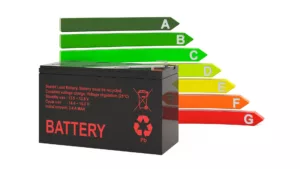
Uninterruptible Power Supply Ratings Installation and Maintenance
Ensuring the optimal operation of your Uninterruptible Power Supply (UPS) system goes beyond simply selecting the right system based on Uninterruptible Power Supply Ratings. It requires a detailed and ongoing commitment to proper installation and diligent maintenance. These processes are pivotal in guaranteeing that your UPS functions efficiently, reliably, and according to its specified ratings throughout its lifecycle. Below, we delve into the intricacies of UPS installation and the critical maintenance practices required to keep your system running smoothly.
Expert Installation: Laying the Foundation
The installation of a UPS is a complex process that should ideally be handled by professionals. It involves several crucial steps to ensure that the system is correctly integrated into your existing power infrastructure:
- Site Assessment: Before installation, a thorough assessment of the site is necessary. This includes evaluating the power requirements, environmental conditions (temperature, humidity), and determining the most suitable location for the UPS. Proper ventilation is crucial to prevent overheating and ensure efficient operation.
- Electrical Installation: This step involves connecting the UPS to your power supply and the equipment it will protect. It's essential to follow the manufacturer's guidelines and adhere to local electrical codes to ensure safety and compatibility. The use of appropriate cabling, circuit breakers, and connectors cannot be overstated.
- Configuration and Calibration: Configuring the UPS involves setting up the software and hardware parameters according to your specific needs and the Uninterruptible Power Supply Ratings. Calibration ensures that the system operates efficiently under the load it will protect, optimizing battery life and performance.
Diligent Maintenance: Ensuring Long-Term Reliability
The longevity and reliability of your UPS system are directly tied to the rigor of your maintenance regimen. Regular maintenance helps to identify and rectify potential issues before they escalate into significant problems:
- Battery Care: The battery is the heart of any UPS system. Regular testing and maintenance are crucial to ensure that it performs as expected during power outages. This includes checking for signs of wear, corrosion, and ensuring the electrolyte levels are adequate in flooded-cell batteries. Batteries typically need replacement every 3-5 years, but this can vary based on usage, environment, and battery type.
- Environmental Checks: The operating environment of your UPS can significantly impact its performance and lifespan. Regular checks should be conducted to ensure that the temperature and humidity levels remain within the manufacturer's recommended ranges. Dust and debris can also interfere with operation, making cleaning an essential maintenance task.
- Firmware and Software Updates: Manufacturers frequently release firmware and software updates that can enhance the functionality, efficiency, and security of the UPS. Keeping your system updated ensures you're leveraging the latest advancements and protections.
- Regular Testing: Conducting regular tests on the UPS system ensures that it will perform reliably when needed. This includes load testing, where the UPS is run under a load to verify that it can support the connected equipment for the expected duration.
Professional Maintenance Services
While some maintenance tasks can be performed in-house, leveraging professional UPS maintenance services can provide peace of mind and ensure that your system is maintained to the highest standards. These services often include comprehensive checks, performance optimizations, and detailed reporting, allowing you to focus on your core operations with the confidence that your power protection infrastructure is in expert hands.
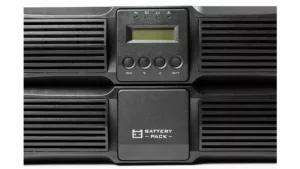
Tips for Selecting the Right UPS Based on Ratings
Selecting the optimal Uninterruptible Power Supply (UPS) for your needs goes significantly beyond the basic step of aligning the power capacity ratings with your load demands.
This critical decision encompasses a detailed examination of all facets of Uninterruptible Power Supply Ratings to ensure your chosen UPS system can deliver unparalleled performance and reliability under various conditions.
Let's delve deeper into the aspects that require your attention during this selection process.
Understanding the Spectrum of UPS Ratings
To navigate the complexities of UPS systems, one must start with a thorough understanding of the broad spectrum of Uninterruptible Power Supply Ratings. These ratings serve as the backbone for assessing the suitability of a UPS system, providing insights into its performance, capabilities, and limitations.
- Power Capacity (VA and Watts): This foundational rating indicates the maximum electrical load a UPS can support. It's vital to understand the distinction between VA (Volt-Amps) and Watts, as they represent different aspects of power—the former accounts for total power including both used and wasted power, while the latter represents the actual power consumed by your devices. Selecting a UPS with a power capacity rating that matches or exceeds your total load requirements is crucial for effective power backup.
- Efficiency Rating: Efficiency ratings illustrate how proficiently a UPS converts input power to usable output power. High-efficiency models minimize energy loss, leading to cost savings on electricity and a reduced environmental impact. Efficiency varies across different load levels, so it's important to look at efficiency curves rather than a single value to understand how a UPS performs as the load varies.
- Voltage and Frequency Compatibility: These ratings ensure that the UPS can operate within the specific voltage and frequency parameters of your power environment. Compatibility with your facility's power specifications is essential to avoid operational issues or damage to connected equipment.
- Transfer Time: This metric measures the speed at which the UPS switches from mains power to battery backup in the event of a power failure. For sensitive electronic equipment, a UPS with a minimal transfer time is crucial to prevent data loss or hardware damage.
Tailoring Your Choice to Application-Specific Demands
Every application has unique requirements that influence the selection of a UPS system. Consideration of these specific demands is pivotal in identifying a UPS that can meet or exceed expectations.
- Sensitivity to Power Fluctuations: Some equipment, particularly in medical and IT fields, cannot tolerate even minor power disruptions or fluctuations. For such applications, an Online UPS, which provides continuous battery backup and voltage regulation, may be necessary.
- Runtime Requirements: Evaluate how long you need the UPS to provide power during an outage. This requirement will influence the size and type of the UPS, as well as the battery configuration. Runtime can be extended with additional battery modules, so consider UPS models that offer scalability.
- Environmental Conditions: The operating environment plays a significant role in the performance of a UPS system. Factors such as temperature, humidity, and the presence of dust or corrosive elements can affect a UPS's efficiency and longevity. Ensure the selected UPS is rated for the environmental conditions of its intended location.
- Scalability and Flexibility: Future-proofing your investment is also essential. Opt for a UPS that offers modular scalability or has the flexibility to accommodate changes in your power protection needs. This consideration is particularly important for growing businesses or facilities that anticipate technological upgrades.
Uninterruptible Power Supply Ratings Conclusion
In conclusion, Uninterruptible Power Supply Ratings are a pivotal factor in the selection, installation, and maintenance of UPS systems.
By understanding and carefully considering these ratings, you can ensure that your critical equipment remains protected against power disruptions.
Remember, the right UPS is not just about power capacity; it's about finding a comprehensive solution that meets all your specific power protection needs.
Source
https://www.usaid.gov/energy/powering-health/system-components/uninterruptible-power-supplies
continue reading
Related Posts
Uninterruptable Power Supplies In today's world, where technology keeps us […]
Uninterruptible Power Supply For Laptop In today's fast-paced digital world, […]
Small Uninterruptible Power Supply In today's digital age, where connectivity […]
